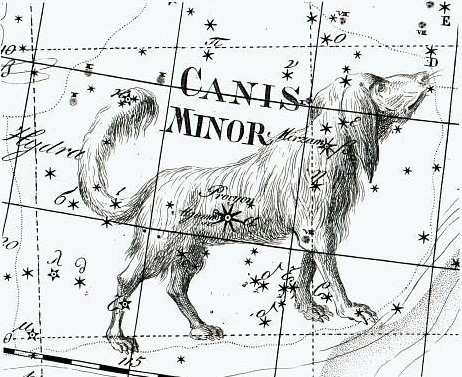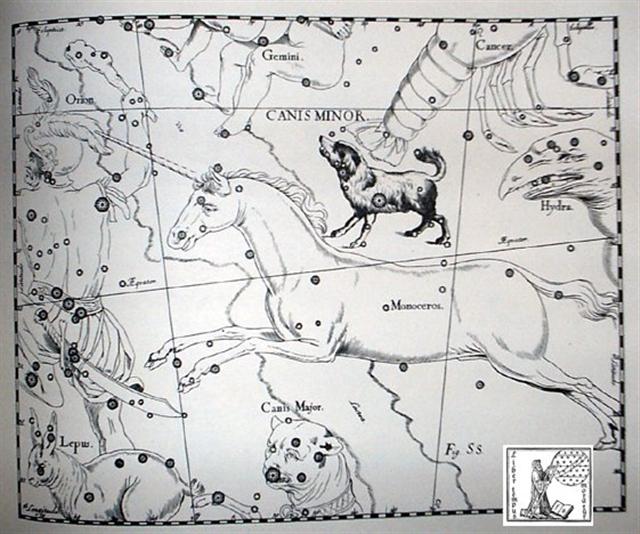The seemingly irrational structure of the Arabic manzil (lunar mansion) system, as described in Wikipedia, needs to be discussed. I have earlier described this structure as follows:
I cannot see any good practical reason for keeping the nawaa (weather season) information in my table, but on the other hand should the heliacal dates of the 'ruling' stars be inserted. I will at the same time change the strange names given in Wikipedia for the stars to more definite labels:
¹ The name Albatain does not say which star is meant. But from the position of the preceding Pleione it can hardly be doubted that it should be Atlas (27 Tauri). In rongorongo times Atlas and Pleione culminated in December 31. ² I have earlier taken for granted that the star 'Canis Major' must have been Sirius. But since Sirius (101.2) rose earlier than Alhena that cannot be correct, and according to Allen there were at least 3 stars named Murzim, with only one of them rising after Alhena:
... Literally [as to Al Murzim, the Announcer] the Roarer, and so another of the many words in the Arabic tongue for the lion, of which that people boasted of having four hundred ...
Gomeisa - star number 6 on Chaucer's list was named Algomisa but this name was said to refer to Procyon (α Canis Minoris) - rose together with ρ Gemini the day before Castor and in the Chinese system their 23rd lunar station could have been associated with ρ Gemini, 'announcing' (murzim) the arrival of the Goat twin who would soon die and become a ghost:
... Its [the Ghost station's] leading star is said to be 'q Cancri'. Strangely the internet site Chinese Astronomy never uses Greek letters for the stars, e.g. is Tejat Posterior (μ Gemini) referred to as 'm Gemini'. However, there is no Greek letter corresponding to the letter 'q'. Possibly the idea is to refer to the ancient Greek letter koppa, a reasonable sign for something dead and only living on in peoples' minds. There is no star q Cancri (or similar) according to Wikipedia ... I have translated the star name An Nathra with ε Cancri (Beehive): "The Manzil An Nathrah, the Gap in the hair under the muzzle of the supposed immense ancient Lion, was chiefly formed by Praesaepe (ε Cancri); but later on γ and δ were sometimes included, when it was Al Himārain, the Two Asses, a title adopted from the Greeks. The Arabs also knew it as Al Fum al Asad and as Al Auf al Asad, the Mouth, and the Muzzle, of the Lion, both rendering to the early figure." (Allen) The Two Asses could possibly correspond to the Stag and the Horse standing head to head according to the Babylonian zodiac. And they could be twins. Whatever q Cancri possibly may have meant (hardly ε Cancri because the Beehive star rose later than δ Hydrae) I have no necessary reason to try to use the Chinese Ghost station in order to ascertain the identity of the Murzim star. The searched for Murzim star ought to be between RA day 103.8 (Alhena) and RA day 130.4 (Beehive). "Beta Canis Minoris (β CMi, β Canis Minoris) is a star in the constellation of Canis Minor. In the night sky it is notable for its proximity to the prominent star Procyon. It has the traditional name Gomeisa, which comes from the Arabic al-ghumaisa’ 'the bleary-eyed (woman)'", short for mirzam al-ghumaisa’ 'girdle of the bleary-eyed one'. In Arabic, the short form would be identical with the name of Procyon. In Chinese Nán Hé, meaning South River, refers to an asterism consisting of β Canis Minoris, Procyon and ε Canis Minoris. Consequently, β Canis Minoris itself is known as ... the Second Star of South River." (Wikipedia)
The Chinese 'South River' has to be the Milky Way:
| |||||||||||||||||||||||||||||||||||||||||||||||||||||||||||||||||||||||||||||||||||||||||||||||||||||||||||||||||||||||||||||||||||||||||||||||||||||||||||||||||||||||||||||||||||||||||||||||||||||||||||||||||||||||||||||||||||||||||||||||||||||||||||||||||||||||||||||||||||||||||||||||||||||||||||||||||||||||||||||||||





